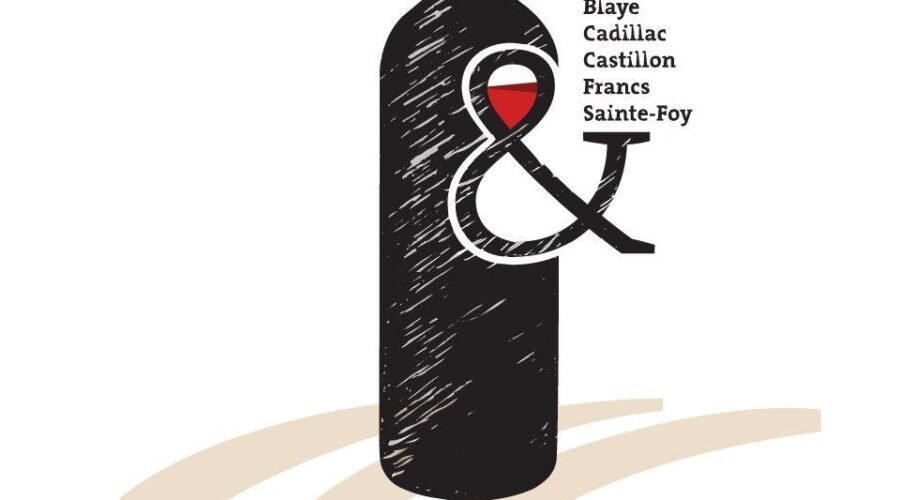Partners: Explore Côtes de Bordeaux
Lush vineyards. Wooded valleys. Rushing rivers. Morning mist and strong afternoon sun. This is Côtes de Bordeaux, where some of the best wine in the world is made. With 111,000 hectares of vineyards, Bordeaux is the largest AOC vineyard in France, producing around 665 million bottles by 5,800 winegrowers. Bordeaux actually has 65 appellations, and at the heart of is the flagship Côtes de Bordeaux.
Sandwiched between the right bank of the Gironde River estuary and the Garonne River in the southwest of France, Côtes de Bordeaux is home to limestone hills, the UNESCO World Heritage Site of Citadelle de Blaye, the fishing village and port of Plassac, and winegrowing families who have lived here for generations, who are ready to welcome visitors. Today, the AOC Côtes de Bordeaux consists of Blaye, Cadillac, Castillon, Francs, and Sainte-Foy, which have been under one umbrella since 2009. From clay-limestone soil to gravelly sand, the varied terroirs among these regions provide a diverse portfolio of wines made by the approximately 762 winegrowers here who rally around a common passion to produce elegant wines full of character.zx
Although these winegrowers are producing wine in one of the most iconic regions in the world, they have not stopped innovating. “I started ageing wine in amphora to try out a new experience,” says Isabelle et Olivier Chéty of Château Bellevue. “It is also up to us, winegrowers, to offer new products to customers. I chose the amphora because terracotta is a natural and neutral material that respects the purity of the fruit and the expression of the terroir.”
Other growers have also turned to more natural methods. Monique Bonnet of Château Suau has been committed to organic farming since 2008. “This work philosophy has naturally led us to modify our range of wines,” she says. “This is how we came to create several cuvées without sulphur. These are the most natural wines possible, without inputs, without preservatives, and they are very easy to digest.”


Carine and Franck Richard of Château Cru Godard also use organic methods. “In 1998 we took over the family property, which we farm organically with the greatest respect for nature. Working the vineyard while respecting the environment and people is a major commitment in our appellations, mainly made up of family properties,” they share. “It’s up to us to explain why we do it: a grower who cultivates his land and passes it on to his children, he wants to pass on something beautiful, good, healthy!”
And although Bordeaux wines have a reputation for being among the world’s priciest, the reality is there are many affordable bottles coming out of the region that embrace current trends. “In Côtes de Bordeaux, we have great terroirs and wines at affordable prices,” says Jean-Vincent Bideau of Château Petit Boyer. “I produce all sorts of atypical wines: sulphur free, vegan, plot selection, single varietal, rarer white grape variety… My wines have taste and a contemporary look. My goal? To make ‘new generation’ wine!”

After all, for many wine producers it’s as much about having fun and being creative as it is producing high-quality wine. “I don’t take myself too seriously, and I make wines that are like me: natural, spontaneous, fun, affordable, and uncomplicated,” says Château La Rose Bellevue owner Valérie Eymas.
In the end, yes, Côtes de Bordeaux produces some of the world’s best wines, but it’s also home to a new wave of family vineyard owners that are bringing the appellation to the next generation. And anyone who visits the region will see that ingenuity firsthand.



